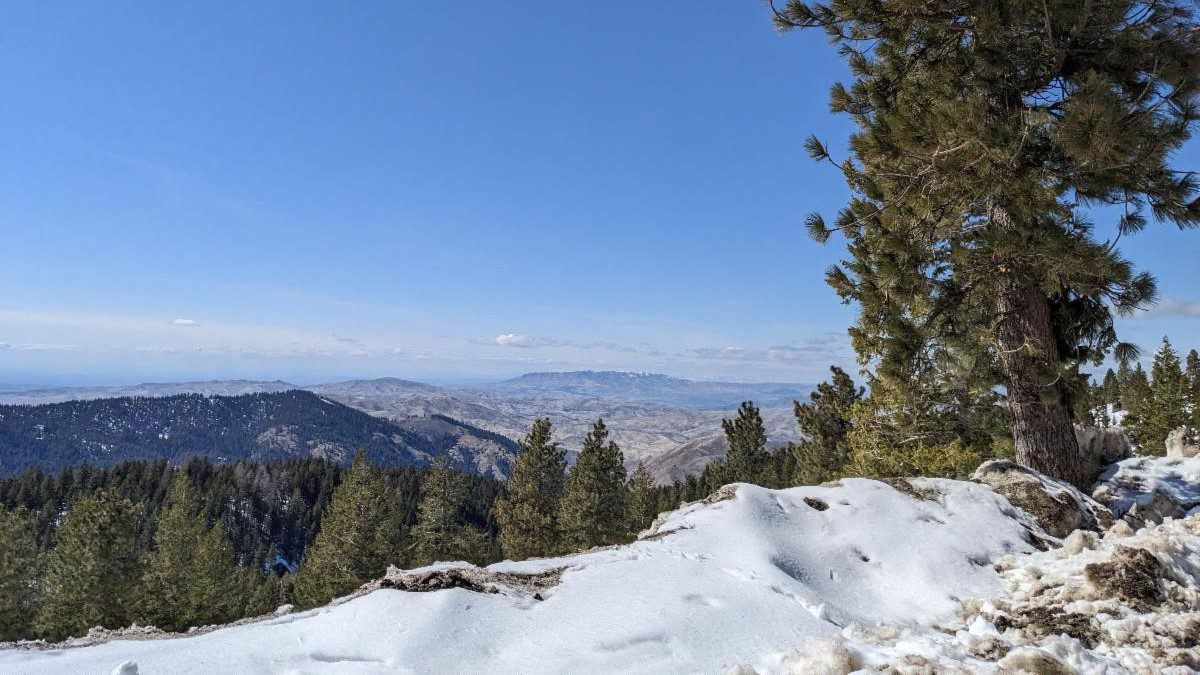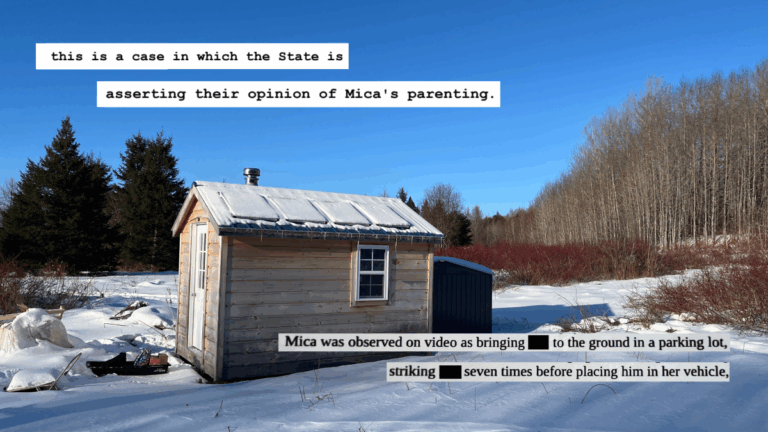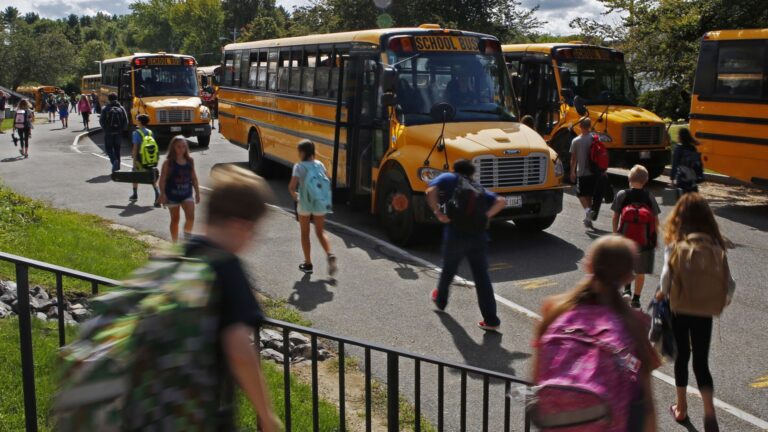Editor’s Note: The following story first appeared in The Maine Monitor’s free environmental newsletter, Climate Monitor, that is delivered to inboxes every Friday morning. Sign up for the free newsletter to get important environmental news by registering at this link.
I spent last week in sagebrush country at the Society of Environmental Journalists annual conference in Boise, Idaho. (I’m on the SEJ board of directors). It was my first time in the Gem State and the first time in a while I’ve had to specify “which Portland.”
This land of booming in-migration and ecosystems threatened by wildfires, pollution, recreation and hydropower has more in common with Maine than you might expect.
Today, I’ve brought back some takeaways from a workshop put on at the conference by the journalism collaborative for which I work part-time, the Mississippi River Basin Ag & Water Desk. We looked at how reporters — and their audiences — can better understand watersheds as connected systems.
Whether it’s the Kennebec or the Columbia, we all live in a watershed — a distinct drainage of water on the land and in the ground into a river, basin or the sea. Across the U.S., these watersheds are facing unprecedented threats from pollution and population growth, all exacerbated by climate change.
“We’re dealing with a time when we’re going to have to really rethink what it means to relate to water,” said Bryan Hopkins, the director of freshwater conservation for the Nature Conservancy in the upper Mississippi River basin.
This relationship includes urban stormwater, agricultural runoff and irrigation, and the floodplains and dams where rivers may be constrained or allowed to move and change. Maine’s many watersheds span all these issues.
We have 10 watershed regions, containing hundreds of lakes, rivers and streams, according to Maine Rivers — which reports that the Penobscot is the second-largest watershed in all of New England, and 25% of the state’s population lives in the Casco Bay watershed. Here’s a cool map by the Lakes Environmental Association of all of Maine’s watersheds. Zoom in to see the small and even smaller drainages within each major area.
“I don’t know a single river system that doesn’t have four or five major stressors on it — whether it’s not enough water, too much water, water at the wrong time,” Hopkins said. “And then you put on top of all of that, what is now becoming quite clear, that climate change is going to amplify everything.”
With a drought crisis in the Colorado basin and growing flood risks on the Mississippi, Hopkins and other panelists said there’s a growing push for more inclusive governance that crosses interest groups and regional lines, taking a bigger-picture look at the impacts of climate change and these other hazards.
Janae Davis, the associate conservation director with American Rivers, said environmental justice for threatened communities means connecting these dots. It made me think, for example, of how Maine’s industrial and agricultural legacies have helped drive PFAS chemical contamination — which now threatens the state’s growing network of small, regenerative farms that seek to make our food system and lands more resilient in a changing climate.
“What really makes a community vulnerable to flooding and other issues?” Davis said. “The historical components, and the many different political and economic and environmental and cultural components that play into that — they’re very much interrelated. You can’t parse them out from each other.”
Davis said river stewards in her region, around the Carolinas, are struggling to focus on both flooding and the potential for future droughts at the same time, and looking from the Southeast to the West for answers.
“Right now, yes, we’re in the flood cycle. But just 10 years ago, we were in a severe drought,” she said. “I think there is a short-sightedness at this moment. … Everything is going toward flooding. But the drought period will come again.”
In a changing climate, both extremes are an increasing risk, even for places like the Northeast that have traditionally felt very secure in their water supplies. Maine has seen coastal flooding and washed-out culverts in rainstorms at the same time as it’s endured extreme short-term droughts in recent years.
Experts say resilience means being ready to endure either threat — and working to tackle the hazards facing our watersheds holistically, rather than in siloes.
Look up where you live on this amazing Environmental Protection Agency tool for mapping local waterways and understanding their health and condition — and reply to this email to send us a picture from your watershed, if you like.
P.S. Next year’s SEJ conference will be in Philadelphia, a bit closer to home. It’s our first time back East in many years, and we’re hoping to tackle offshore wind issues, PFAS, climate disinformation and more. Maybe I’ll see you there.
To read the full edition of this newsletter, see Climate Monitor: Greetings from Idaho.
Reach Annie Ropeik with story ideas at: moc.l1751345444iamg@1751345444kiepo1751345444ra1751345444.








